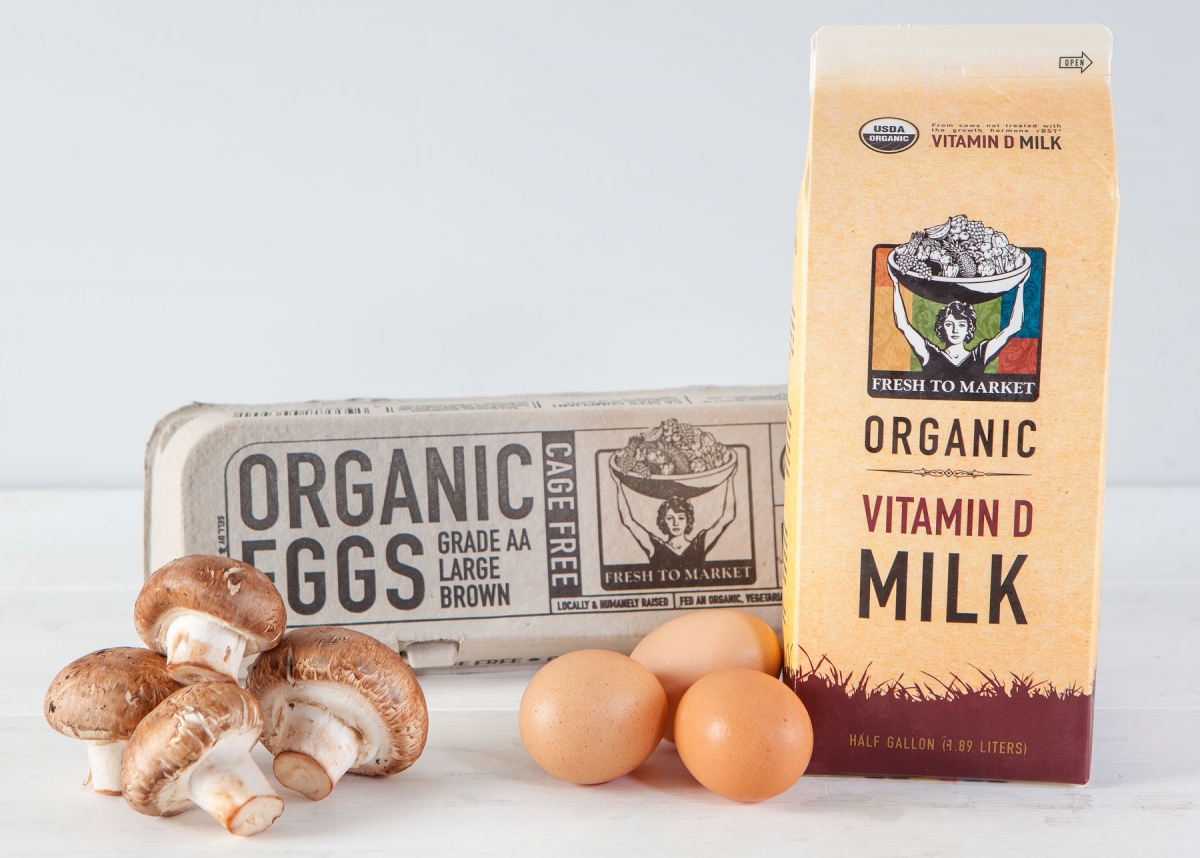Daily Dish the Nugget Markets blog

Vitamin D Basics
Health Notes by Dr. Liz
Please note that this is an older article. Any products or services pictured or described may have changed or may no longer be available. Thank you for visiting!
During these dim winter months, your body can suffer from the lack of sunlight, and as a result, your health may as well due to a lack of vitamin D. New studies along with new thinking from experts suggest that sagging vitamin D levels may be to blame in part for the winter-time fatigue and frequent illness, along with a host of conditions beyond poor bone health. And even more shocking—your diet doesn’t cut it when it comes to D! Here’s the latest on this sunny vitamin and all its D Duties.
During these dim winter months, your body can suffer from the lack of sunlight, and as a result, your health may as well due to a lack of vitamin D. New studies along with new thinking from experts suggest that sagging vitamin D levels may be to blame in part for the winter-time fatigue and frequent illness, along with a host of conditions beyond poor bone health. And even more shocking—your diet doesn’t cut it when it comes to D! Here’s the latest on this sunny vitamin and all its D Duties.
Bone builder: Vitamin D has long been known as key to strong bones and countless research studies show low circulating levels of vitamin D translates to lower bone mineral content and weaker bones. This makes bones more susceptible to osteoporosis and greater risk for fractures (not to mention shrinking height with age and a stooped over posture).
Immune support: New research shows vitamin D also regulates special proteins in the body called antimicrobial proteins that impact immune health. Several studies including one last year from the University of Wyoming showed that during the wintertime, athletes that experienced low levels of circulating vitamin D had a greater risk of becoming ill with colds and flu.
Anti-inflammatory action: Another newly recognized role for this versatile vitamin is combating the inflammatory response. Optimal vitamin D levels in the body can help control rogue molecules from damaging blood vessels, muscles and other tissues. This has implications for lowering risk for ailments such as heart disease and high blood pressure, as well as fatigue. Often overlooked signs of vitamin D deficiency are chronic muscle fatigue and pain, suggesting docs may want to assess these symptoms with a vitamin D check.
Winter woes: Unlike other vitamins, D is efficiently made in the skin through the action of UV rays from the sun. So given enough sun exposure time uninhibited by sunblock or clothing, you can make enough of this vitamin. But for those of us living north (or south) of 35 degrees latitude (draw a line across the US from Los Angeles to Raleigh, North Carolina), the angle of the sun’s rays during the later fall and winter months are too low in the sky for sufficient vitamin D production. If your life is indoors, chances are you don’t make enough vitamins D
Diet Shortfall: Most of us rightfully cover up from the sun’s harmful rays with either clothing or sunblock, or just staying out of the sun during peak hours in spring and summer. So where’s a person going to get vitamin D? Good question since most people fall short on meeting the RDA of 600 IU through diet according to surveys. You can up your intake of D-rich foods (see below) or consider a dietary supplement of vitamin D. A prudent approach includes seeing your primary doctor first for an evaluation and review of your vitamin D status, and then considering taking 1000 IU of vitamin D daily.
D Foods: Unlike other vitamins, there are few natural food sources of this vitamin:
- Fatty fish (salmon, mackerel, sardines), 4 ounces: 400-800 IU
- Eggs, 2 whole: 80 IU
- Mushrooms, 1 cup: 380 IU (irradiated with UV light noted on label)
Fortified foods (check labels as foods vary and some brands may not provide any vitamin D):
- Milk, 8 ounces: 100 IUs
- Some yogurts, 1 cup: 125 IUs
- Cereals, 1 serving: 40 IU
- Orange juice, 8 ounces: 40-120 IUs
- Soy, almond, rice and hemp milks, 8 ounces: 50-150 IUs